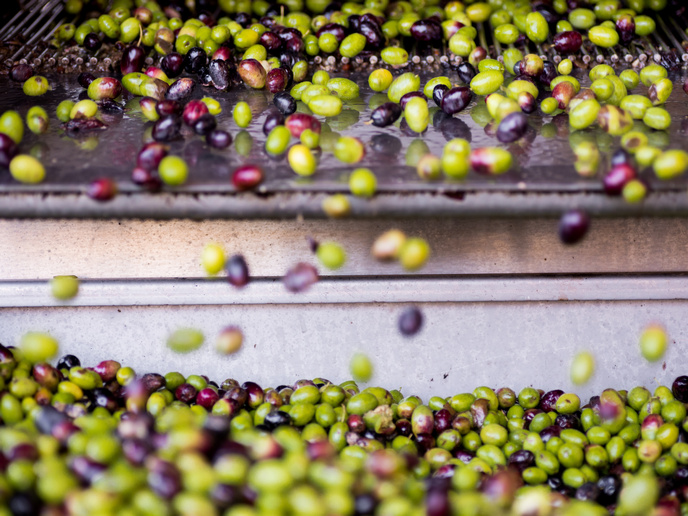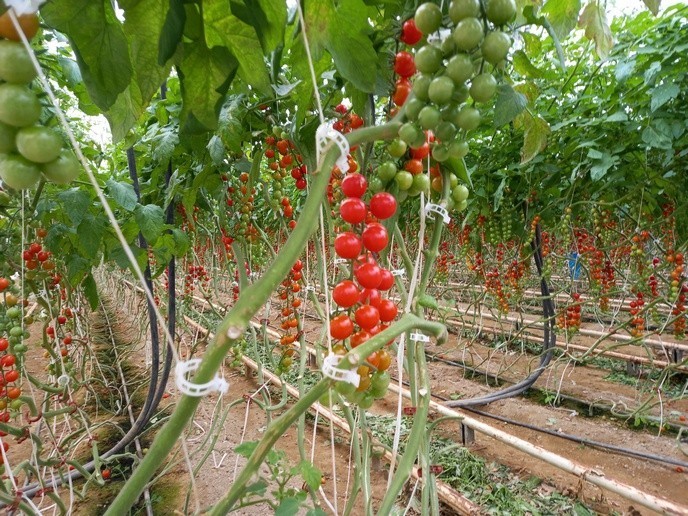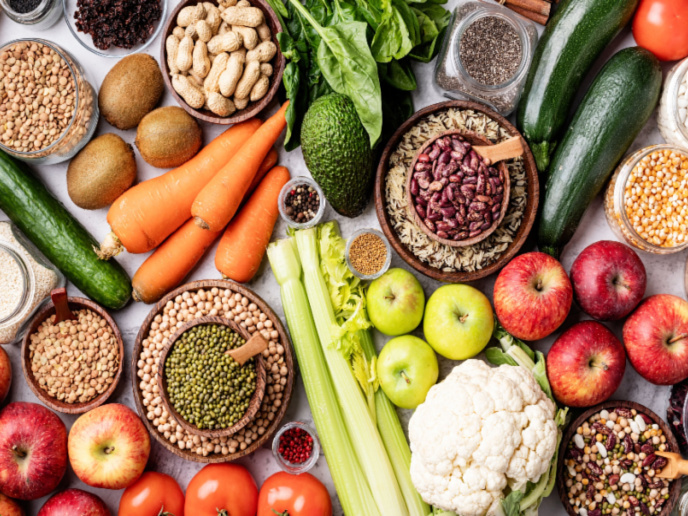Supporting locally produced fruits and vegetables
When it comes to a healthy diet, nothing beats eating your fruits and vegetables (F&Vs). In fact, a diet full of F&Vs can help lower blood pressure, reduce the risk of heart disease and stroke, prevent some types of cancer, and decrease the risk of eye and digestive problems(opens in new window). F&Vs can even keep our appetites in check and thus contribute to weight loss. So, what’s the catch? “Because local produce has a very short shelf life, most of the F&Vs found in grocery stores are imported and have been treated with chemicals that could be harmful to our health and the environment,” says Elena Torrieri, a professor at the University of Naples Federico II(opens in new window). With the support of the EU-funded SHEALTHY(opens in new window) project, Torrieri is leading an effort to sustainably prolong the shelf life of locally produced produce. The project is using a combination of non-thermal sanitisation, preservation and stabilisation methods as a means of improving the safety, quality and freshness of F&Vs. “The project aims to answer consumers’ demand for fresh, healthy, convenient, sustainable, locally produced and additive-free food that is both safe and nutritious,” adds Torrieri.
A transparent local and regional food system
With a focus on minimally processed F&Vs and F&V-based juices and smoothies, the project developed and studied a range of technologies and processes – all of which were designed to meet the needs of small and local growers. These included non-thermal technologies, active biodegradable films, biopolymer coatings, chemical-free washing and sanitation solutions, a process for extracting bioactive compounds, new packaging technologies and a substitute for thermal pasteurisation. The project also defined holistic and collaborative business models aimed at increasing the competitiveness of local and regional food-producing and -processing SMEs. “Through our SME-led collaborative business models, we were able to establish transparent local and regional food systems where farmers, food processors, logistic providers and consumers are all engaged and interconnected,” explains Torrieri.
Food with a longer shelf life and increased nutritional value
Using its washing, preservation and stabilisation technologies, SHEALTHY developed 11 prototype minimally processed F&Vs and six prototype juices and smoothies, all of which can be produced at pilot scale. “Our processes not only extend the shelf life of F&Vs by 30-50 %, they increase the natural value of minimally processed F&Vs by 20-30 % and 70-130 % for juices and smoothies,” notes Torrieri. “In total, we were able to reduce food loss by 40 %.” To ensure local producers leveraged these solutions, researchers organised training sessions and implemented efficient logistics systems. To help consumers make informed purchasing decisions, they also created a freshness indicator and a tool for identifying counterfeit fruit juices and smoothies.
A win for farmers, food processors, suppliers and consumers
Thanks to its focus on supporting local producers, the SHEALTHY project has helped support job creation and retention in rural areas. In the long term, its work could boost the competitiveness, sustainability, circularity and diversity of regional and local food systems. “With SHEALTHY, everybody wins,” concludes Torrieri. “Small- and medium-scale food processors and suppliers benefit from being better positioned to meet consumer demand for healthier food, while consumers benefit from having access to more healthy F&Vs.”







